Giusti Private Collection

Jesuits on Statics, Dynamics, Mathematics and astronomy between Galileo and Newton
Jesuit mathematical texts about weight, equilibrium, machines and motion from approximately 1630 to 1685 represent an interesting intersection between two different, but inter-related, clusters of problems. While these texts contain relevant information about the nature and internal development of the science of mechanics, they also clarify the more contextual issue of the status of science in the Catholic world between Galileo and Newton.
This project will make available historical source texts on jesuit sciences as well as scholarly metadata.
 Collection of Historical Sources on Jesuit Sciences
Collection of Historical Sources on Jesuit Sciences
Jesuit mathematical texts about weight, equilibrium, machines and motion from approximately 1630 to 1685 represent an interesting intersection between two different, but inter-related, clusters of problems. While these texts contain relevant information about the nature and internal development of the science of mechanics, they also clarify the more contextual issue of the status of science in the Catholic world between Galileo and Newton.
The accepted view of the scientific revolution as a late convergence, in the work of Newton, between Galilean mathematical science, presumably rejected by the Catholic Church after the trial of galileo, and Baconian experimental science wholly rooted in the English Protestant tradition, should, we think, be modified.
a systematic reading of Jesuit texts on mechanics may, in fact, show that the Newtonian model of mathematical-experimental science had antecedents in the work of Catholic mathematicians and natural philosophers, who disseminated and transmitted it through a higly developed and communicative network of hundreds of Jesuit colleges and universities.
Through the study of a number of Jesuit contributions to mechanics we hope to develop a different approach to the study of its development during the Scientific Revolution.
Mechanics was not simply a "new science" arising out of the genius of a few brave heroes who dared to reject and annihilate the tradition. Rather, it was a field of possibilities and constraints, of tradiotion modified by new applications and of innovation delayed by old categories of thought and old practices.
The accepted view of the scientific revolution as a late convergence, in the work of Newton, between Galilean mathematical science, presumably rejected by the Catholic Church after the trial of galileo, and Baconian experimental science wholly rooted in the English Protestant tradition, should, we think, be modified.
a systematic reading of Jesuit texts on mechanics may, in fact, show that the Newtonian model of mathematical-experimental science had antecedents in the work of Catholic mathematicians and natural philosophers, who disseminated and transmitted it through a higly developed and communicative network of hundreds of Jesuit colleges and universities.
Through the study of a number of Jesuit contributions to mechanics we hope to develop a different approach to the study of its development during the Scientific Revolution.
Mechanics was not simply a "new science" arising out of the genius of a few brave heroes who dared to reject and annihilate the tradition. Rather, it was a field of possibilities and constraints, of tradiotion modified by new applications and of innovation delayed by old categories of thought and old practices.
Partner institutions and contributors:
 Biblioteca Nacional de Portugal
Biblioteca Nacional de Portugal
 top
top
